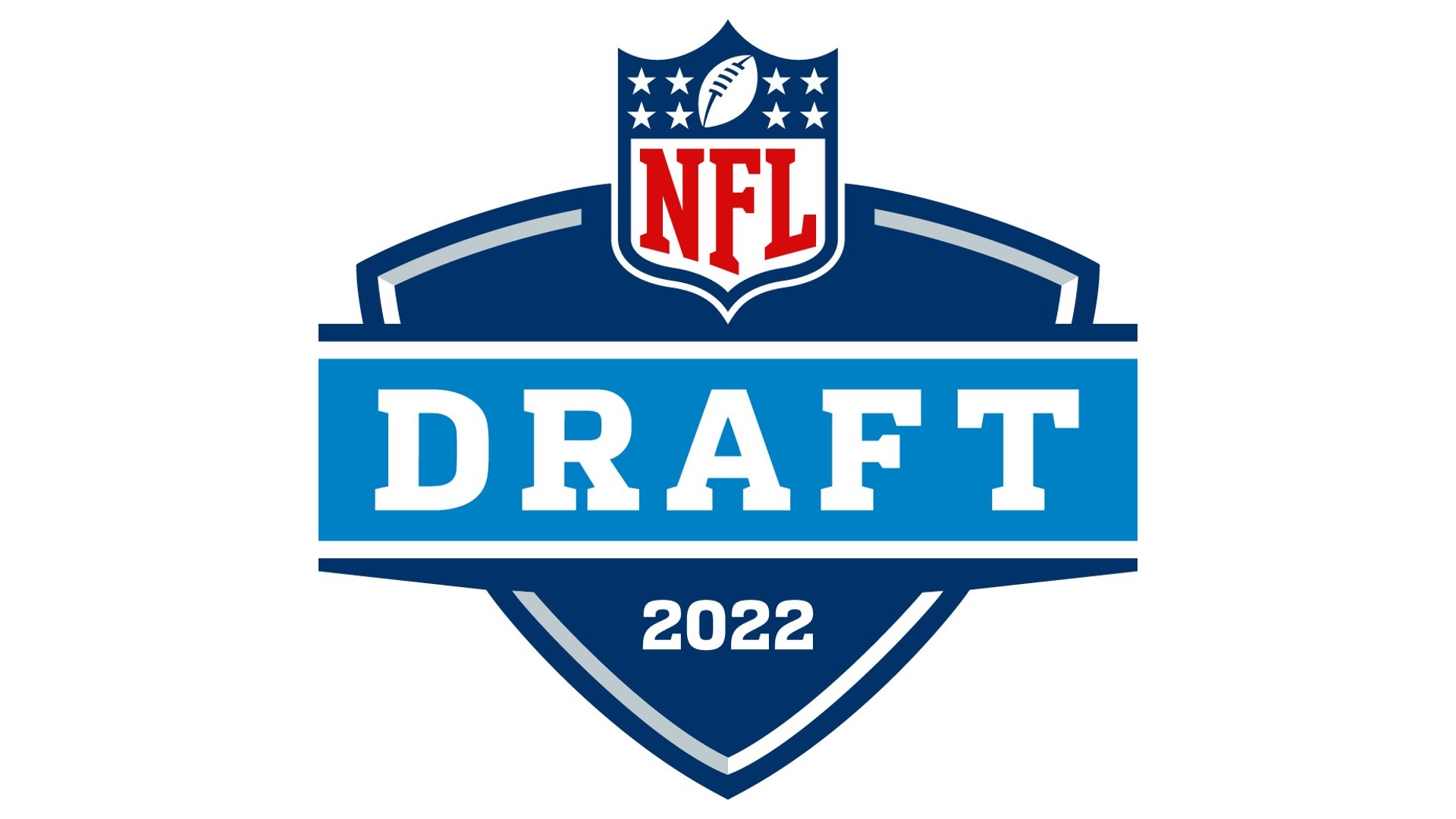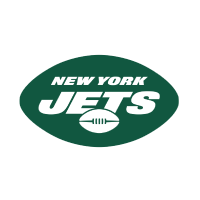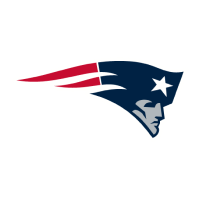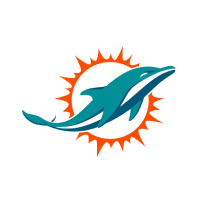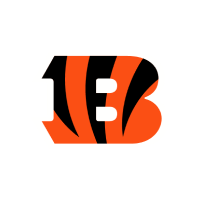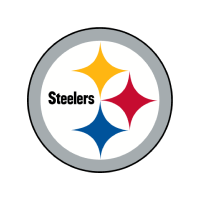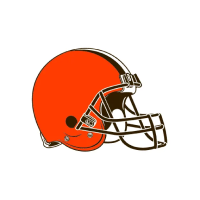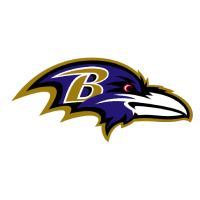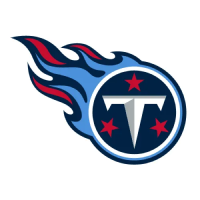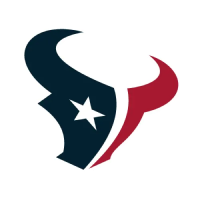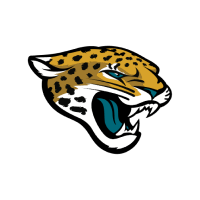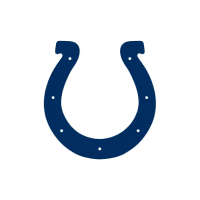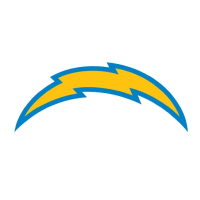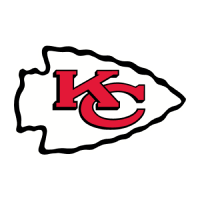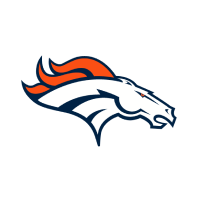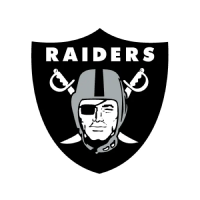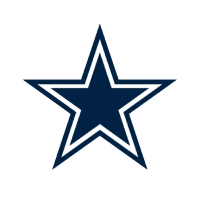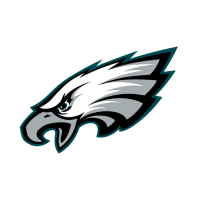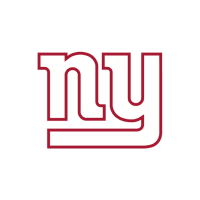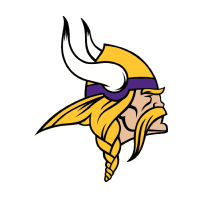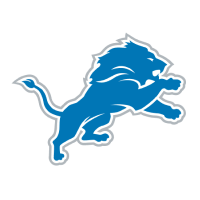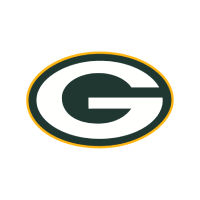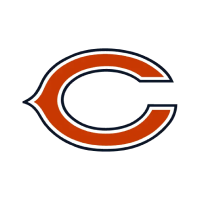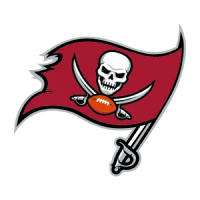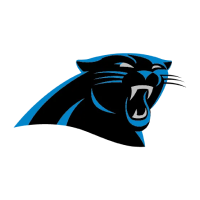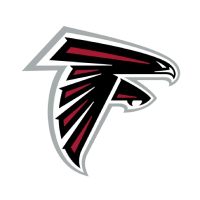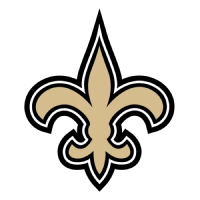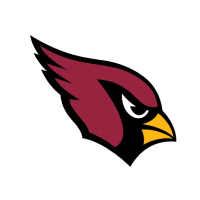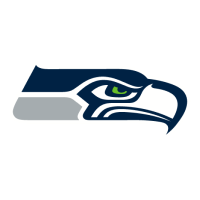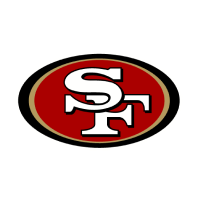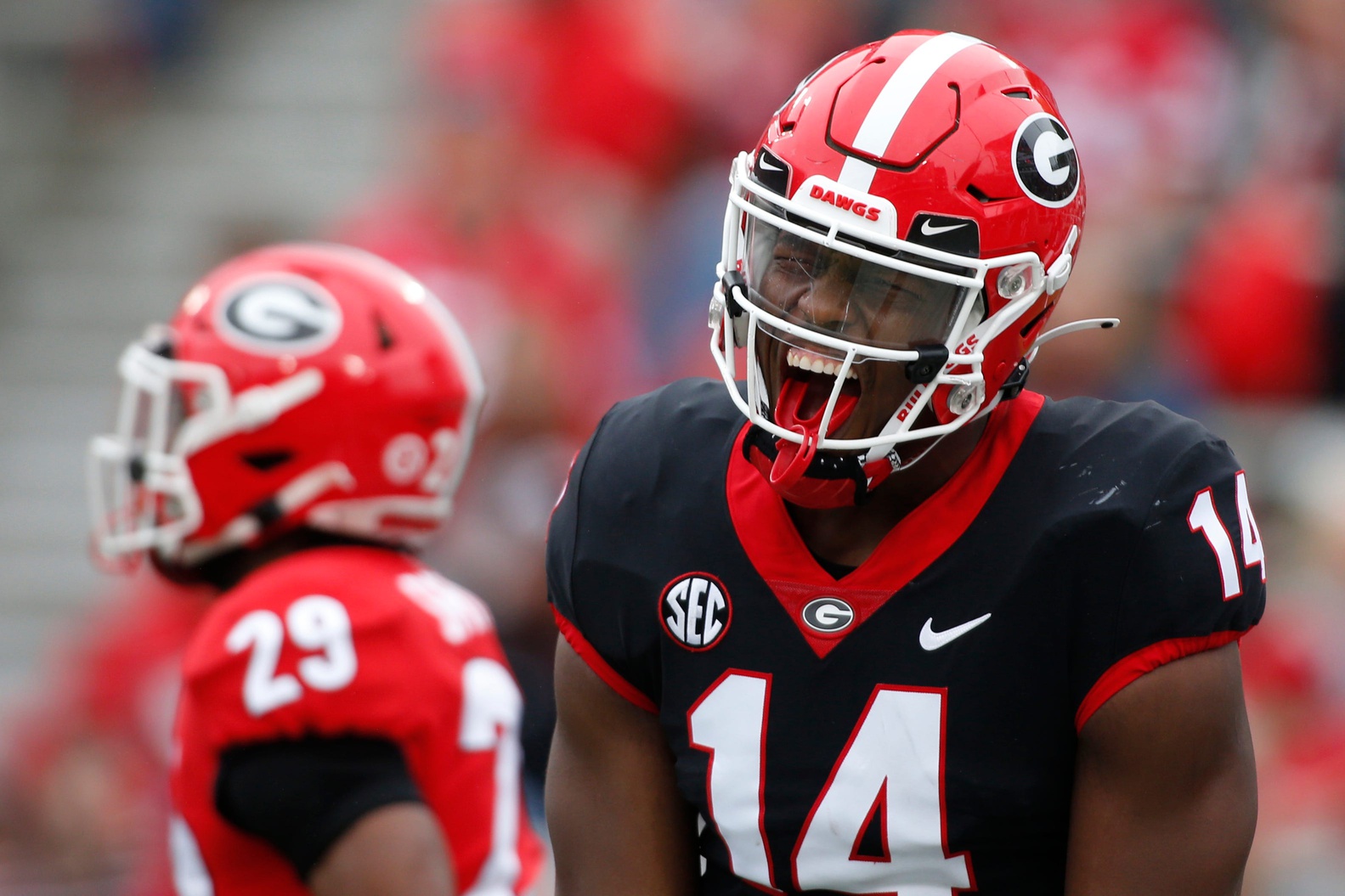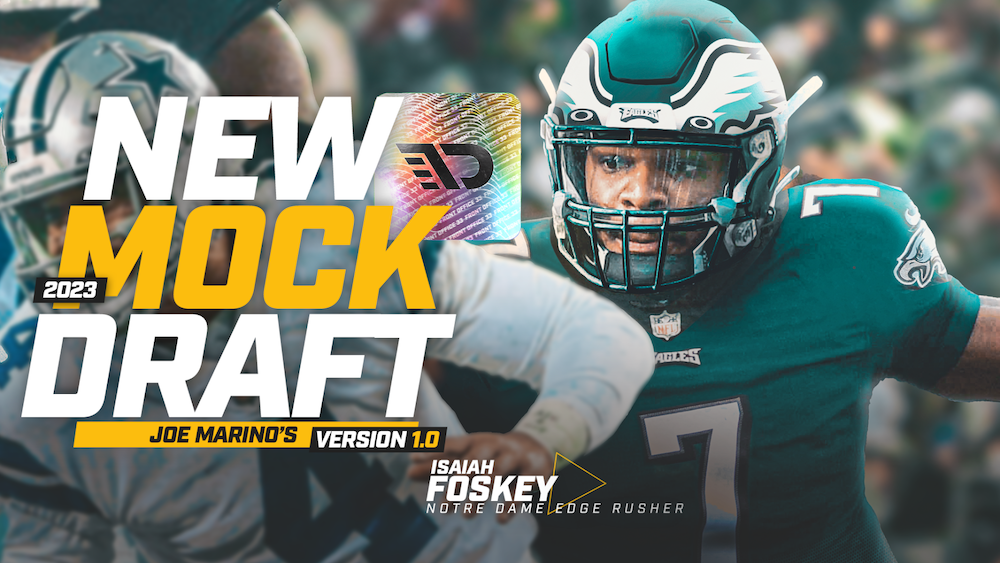Trevor Lawrence wasn’t good in 2019.
Okay, obviously Trevor Lawrence was good in 2019—he just wasn’t as good as you think. Lawrence has been immortalized since a national championship run in his freshman season, and to suggest there’s a blemish on his pristine quarterback archetype has been heresy ever since. But there are blemishes.
Especially early in his sophomore season, Lawrence wasn’t nearly as accurate as he had been in 2018. He finished 19th in Sports Info Solutions’ Completion Percentage +/-, which is a rough equivalent to NFL Next Gen Stats’ Completion Percentage Over Expectation. Lawrence began zeroing in on his first read and refusing to move off of it, forcing himself to attempt more difficult passes than were necessary as he relied on the scheme and his weapons to create space where he willed it. He committed almost two times the number of turnover-worthy plays in his sophomore year as he did in his freshman season.
Lawrence righted the ship throughout the year, settling into a mistake-free November run that secured Clemson an undefeated season, ACC championship, and College Football Playoff bid. In the semifinals of the 2019 playoffs, he met Ohio State and quarterback Justin Fields.
Justin Fields was good in 2019.
Okay, obviously Justin Fields was good in 2019—he just was even better than you think. Fields was the No. 2 recruit in the 2018 class, just behind Lawrence—but unlike Lawrence, Fields didn’t start as a freshman. Fields was kept benched at Georgia behind Jake Fromm, and after a season of Taysom Hill-esque usage, he packed his bags and made for Ohio State, joining first-year head coach Ryan Day and the Buckeyes.
He was a revelation: fourth in SIS’s Completion Percentage +/- and second in PFF’s grading only behind Joe Burrow. Big-bodied and strong-armed, Fields was able to regularly attack defenses weak on out-breaking routes by challenging field-side coverage late and deep, surviving in the pocket for long stretches given his contact balance and toughness. With an immediate grasp on Ryan Day’s West Coast-inspired passing system, Fields was surgical as a first-read passer who could throw with anticipation to space on the outside.
When Fields met Lawrence in the Fiesta Bowl, both were playing excellent football, but Fields had enjoyed the better season to that point. And when they left, with Clemson the victor on a late interception from Fields, Fields was still the better quarterback.
Much is made of Fields’ performance against Clemson, mostly because the Buckeyes lost and his box score doesn’t look great. Early on, Clemson was dedicated to single-high coverage, often Cover 1, and Fields was dedicated to beating that. He won targeting Chris Olave, Garrett Wilson, and Austin Mack on vertical routes that could break into back-shoulder or stop routes relative to leverage.
https://youtu.be/M6MmX4x6Xss
You can’t really play true man coverage against a quarterback of Fields’ talent level and wide receivers like Ohio State had in 2019. He’s too accurate and they’re too talented—even when they’re well-covered, they’re making plays on well-placed footballs. When Clemson went to Cover 3 zones, they could force Fields to hold onto the ball at times—but it wasn’t enough to stop the Buckeyes’ surge.
In the second half, Clemson defensive coordinator Brent Venables threw the kitchen sink at Fields. Diante Lee detailed the structures from the Venables defense that had been grafted from Iowa State’s 3-3-5 “3 safety” defense, which was built to stop the high-flying passing attacks of the Big 12 by disguising post-snap defense and forcing bad reads. Venables smashed that big red button against Ohio State, confounding Fields with unique structures against which he had never played. It was just enough to slow the Ohio State passing attack, forcing Fields to hold the ball and take sacks or deliver it quickly into spinning safeties, leaving passes interceptable.
So the story was written about Fields’ performance against Clemson: he was beaten by the best defensive coach in all of college football, and Lawrence and the Tigers again reigned supreme (until they met LSU). Now, Fields meets Venables again.
The book written on Fields now has several more chapters, and they are all the same. Fields met Indiana in a battle of top-10 ranked teams in October and later dueled Northwestern in the Big Ten Championship game. To end the season, both defenses are ranked in the top 30 in Havoc Rate—Indiana is 10th—and the top 40 in Passing Success Rate Allowed—Northwestern is fourth, and their Explosives Rate Allowed is second. These are good defenses.
They incited chaos. Fields was caught throwing into bad windows after safeties moved post-snap and forced multiple bad throws late after getting pressured early in the down. Ohio State’s offensive line has struggled mightily this year in pass protection, and they’re protecting for a quarterback with a penchant for holding the football and a certainty that he can survive oncoming contact. Indiana and Northwestern both lived in Fields’ lap as they took away his first look, and Fields’ obstinance in refusing to check-down early or quickly break the pocket created sacks, QB hits, and interceptions.
https://youtu.be/gcMTEhtF-UQ
This struggle in field reading and risk management has opened the door for BYU quarterback Zach Wilson to surge into the QB2 conversation. Teams will now ask questions about Fields’ processing speed in an offense that uses many NFL-style spacing concepts and wonder if he will ever learn how to react to coverage rotation in the pros, when everything happens so much faster.
And when they ask those questions and entertain that doubt, they’ll forget the lesson they could and should have learned from Lawrence in 2019.
Fields will have played seven games in the 2020 season, his second year as a starter after a jaw-dropping debut season. Through six games, he’s completed 72% of his passes for 1,521 yards at 9.3 yards a pop. He’s thrown 15 touchdowns to five interceptions and ran for another five scores. He’s taken 18 sacks.
Through seven games of the 2019 season, Lawrence had completed 69% of his passes for 1,471 yards at 7.7 yards an attempt. He threw 14 touchdowns to eight interceptions and ran for another five scores. He took four sacks.
Raw counting stats must not be substituted for scouting. But scouting and stats alike tell us that Lawrence was immortal in Year 1 and mortal in Year 2. He ran into new obstacles, experimented with solutions that didn’t work out, and had to dig himself out of a rut against a sudden improvement in competition. He did, finishing the season strong and leading his team to a national championship game.
Fields will have that same opportunity, but without the extra few games of cushion. After an abridged offseason, his college football playoff is now, and he’s left facing the unit that gave him his first hurdle as a college athlete: the mighty Venables and the perennially dominant Clemson defense. He can assuage some concerns over the flaring narratives of his processing speed and risk management with a mistake-free, risk-averse performance; or he can drive the same narrative by struggling in the same ways. No matter which he does, Fields reminds us again of scouting’s common refrain: development is not linear. Players don’t rise and fall on predictable trajectories. Sometimes they get benched for Jake Fromm and have to transfer to a first-year head coach and suddenly play a Big 12 defense and then prep for their second season while wearing a mask and never leaving the dorm room. College football is messy; player development is, too.
Fields throws a mean football, and he’ll be drafted accordingly. Understanding his weaknesses—what they are, why they’re there, how they can be overcome—will help whichever team ends up with this blue-chip talent ease his onboarding into the NFL and turn him into a franchise star.
Filed In
Related Articles
NFL Draft
Arik Gilbert Doesn’t Need Big Workload To Be A Top NFL Draft Pick
- Aug 22, 2022
NFL Draft
2023 NFL Mock Draft: Marino 1.0
- Aug 22, 2022
Written By
